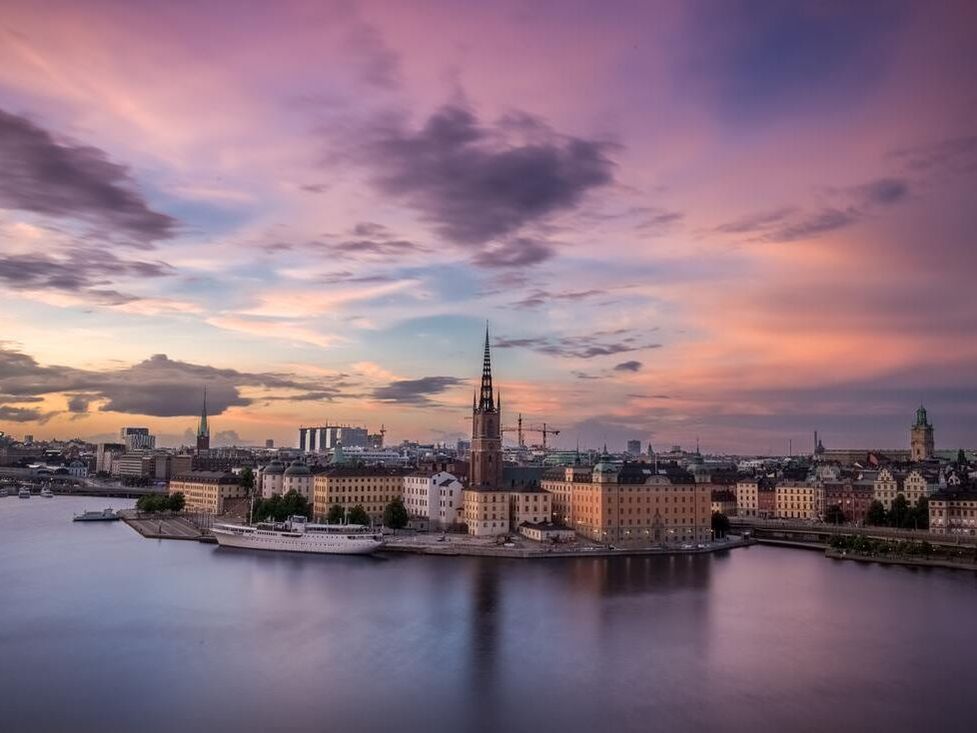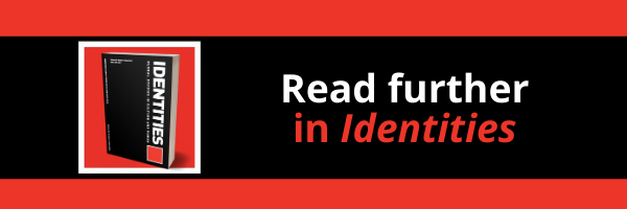|
|
Today, the world’s knowledge of Sweden is limited, and its image is often too unclear and out of date. So we need to unite around a clearer, unified image that better reflects contemporary Sweden – an image that is also distinct and relevant to the people we want to reach.
- Swedish Institute, 2009
Like handbags and toothpaste, countries are being branded. National identities and cultures are used to brand countries. For example, Malaysia is branded as ‘Malaysia, Truly Asia’, pointing to its multiculturalism. But identities are never static, and communities are diverse. So, which identities and whose cultures in the country are promoted, and which excluded?
The Swedish authorities are branding their country too, but they want the brand to be honest and inclusive, not fabricated and selective. Did they succeed? In our Identities article, ‘Representing Sweden: packaging Swedish identity through curators of Sweden’, we examine a recently concluded nation branding project, Curators of Sweden (CoS). The project used Twitter as a platform and each week a ‘Swedish’ person was chosen as a curator to tweet whatever they liked through the @Sweden account. The curators were chosen because they represented ‘values, skills, and ideas’ which, according to the campaign, ‘all combined, makes up Sweden’. CoS started on 10th December 2011, the Nobel Prize day, and ended in September 2018. A total of 356 curators tweeted more than 200,000 tweets.
CoS promised to offer ‘diverse’ voices of Sweden but already after a couple of years of the project scholars started to criticize that those voices lacked diversity. How did a nation branding project that wanted to harness voices to reflect a diverse, complex and open society end up with a brand identity that is largely homogeneous?
In our article, we use the dialogic imagination theorized by Mikhail Bakhtin (1982) to frame and understand the practice of packaging Sweden as a multifaceted nation. Sweden, like all other countries, have social, cultural, political and economic contradictions in which coherence and incoherence, order and disorder coexist. The unpacking of the dialogical dynamics is done through the concepts of heteroglossia and polyphony. Polyphony is especially crucial in understanding whose voices are invoked, assumed and controlled to form a cacophony of voices representing Sweden. In order to understand how Swedish identity was packaged, we look at the role of different stakeholders and the curators that were chosen to represent ‘diverse’ voices. Instead of analyzing the specific tweets made by the 356 curators, we look at their self-introductory text, focusing our analysis on whose voices were selected to represent Sweden. CoS indeed reflected diverse voices: The different agendas of the stakeholders and the different voices of the 356 curators together do, indeed, form a cacophony but together, the ‘officially’ celebrated Swedish values skills and ideas emerged. This emergence does not reflect a diverse Sweden, but rather reflects a managed and engineered uniform image of branded Sweden. For example, discrimination and inequity is recognized, but the repeated statement of the country’s openness, tolerance and attitudes towards equality overshadows the magnitude of inequality that exists in Swedish society. The diverse voices never deviate from the ideas of open, innovative, caring and authentic Sweden that the branded Sweden strives for. Even for a democratic and open society like Sweden, the nation branding exercise developed into a controlled and top-down process that celebrates an imagined Swedish identity. CoS is yet another example of how the branding of the nation becomes a process of identity construction through the exclusion of multiplicity.
Image credit: Photo by Raphael Andres on Unsplash
Blog post by Can-Seng Ooi, University of Tasmania, Australia and Sayaka Osanami Törngren, Malmö Institute for Studies of Migration, Diversity and Welfare, Malmö University, Sweden
Read the Identities article: Törngren, Sayaka Osanami & Ooi, Can-Seng. Representing Sweden: packaging Swedish identity through curators of Sweden. Identities: Global Studies in Culture and Power. DOI: 10.1080/1070289X.2022.2076423 OPEN ACCESS
Explore other relevant Identities articles:
Constructions of self-identification: children of immigrants in Sweden Towards a ‘new’ Moroccan capital? Democratisation, diversity politics and the remaking of national space in Rabat National Symbols and National Identity: Currency and Constructing Cosmopolitans in Tunisia
0 Comments
Your comment will be posted after it is approved.
Leave a Reply. |
|
Explore Identities at tandfonline.com/GIDE |
|
The views and opinions expressed on The Identities Blog are solely those of the original blog post authors, and not of the journal, Taylor & Francis Group or the University of Glasgow.


